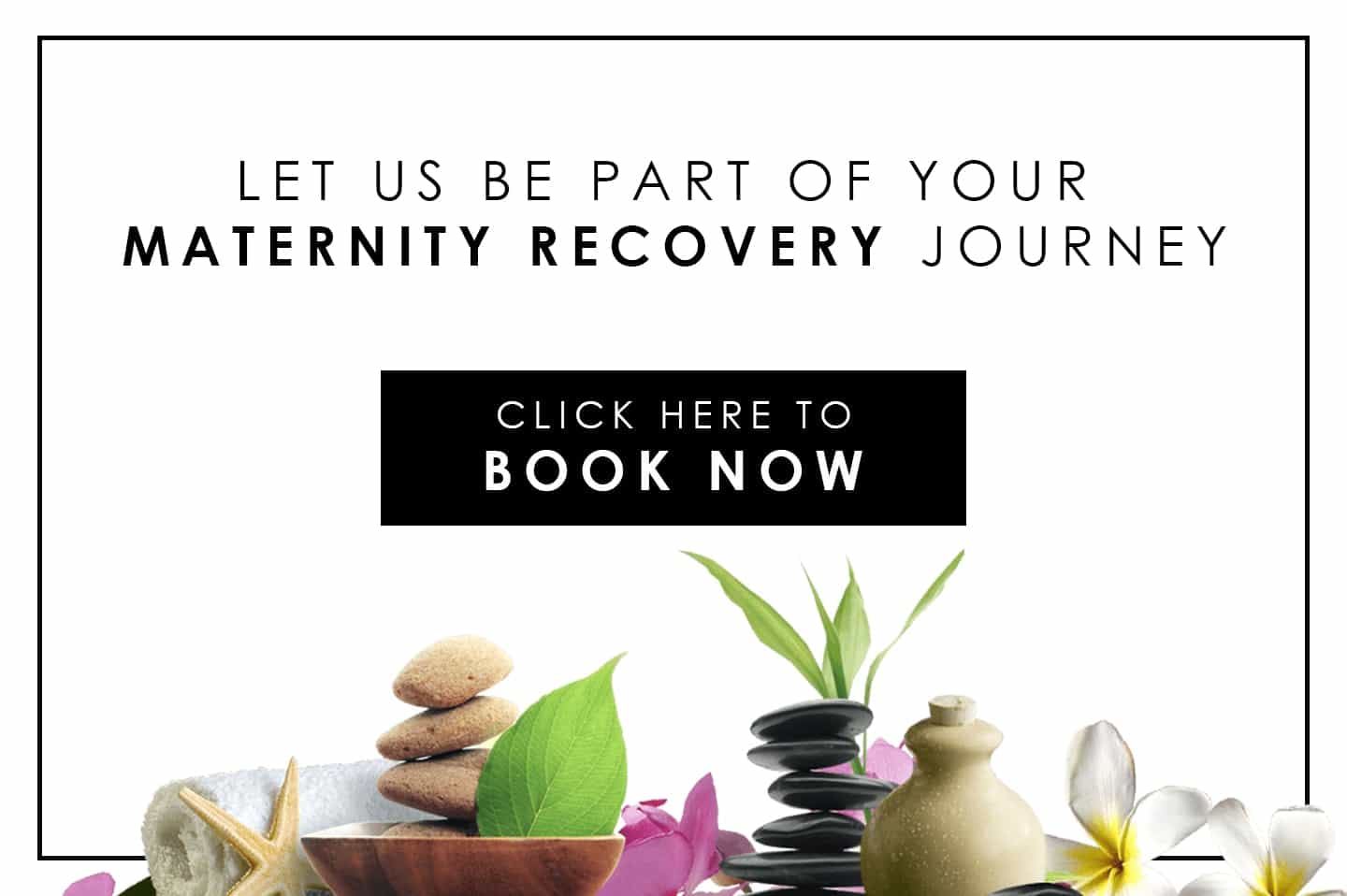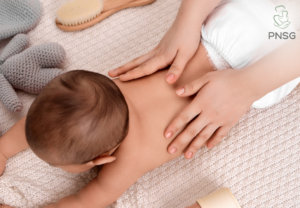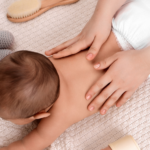7 Gambas Crescent, #09-09, Ark@Gambas, Singapore 757087 ♦ Reservation : +65 6417 9690
Engorgement, Clogged Duct & Mastitis: Differences & Remedies

Breastfeeding is a wonderful experience to new mothers, but it can be a challenging start for many. No matter how well-prepared you are or how closely you follow the advice of medical professionals or experienced moms around you, chances are you would still face a challenge or two on your breastfeeding journey. But you’re not alone! It is safe to say that all breastfeeding moms struggle with uncomfortable breast engorgement, clogged ducts, or perhaps even mastitis at some point.
While these terms are sometimes used interchangeably, they are actually different breast conditions. Knowing the difference between the three can help you to prevent having them in the first place, or if you do, you’ll have a better understanding of the causes and remedies.
Engorgement
It is common for engorgement to happen at the beginning of your breastfeeding journey. As your milk comes in a few days after delivery, the increased blood flow in your breast makes both sides of your breast feel uncomfortably full and tight. When breast engorgement happens, your areola may feel hard, and your nipples might look flattened as a result of the skin on your breast being stretched.
That said, engorgement is not a condition exclusive during the start of breastfeeding. There are other situations that might cause you to have breast engorgement too. For example, you may experience engorgement when you miss a feeding or skip a pumping session. Breast engorgement could also happen when your baby is not feeling well, or having difficulty with latching and sucking, or any other circumstances that cause you to make more milk than your baby feeds.
To prevent breast engorgement, do your best to breastfeed or pump on time, and seek expert’s advice if your baby needs help with latching. Other than that, wearing a comfortable bra may be helpful in relieving your discomfort. And if you do experience engorgement, don’t get discouraged because there are plenty of simple ways you can relieve it. You may increase your feeds with proper latching and positioning, or by pumping on time with an efficient breast pump. You can also compress your affected breast with a cool pack, or gently massage your breast before you feed. When it comes to breast massaging, most breastfeeding moms agree that an effective lactation massager is much more effective than massaging with your bare hands. Get yourself the best lactation massager on MumChecked based on other breastfeeding moms’ honest reviews, and more top-rated mom and baby products.
Clogged Ducts
On the other hand, a clogged duct or blocked duct refers to a blockage in a milk duct. Clogged ducts are often caused by insufficient or poor drainage of the duct, which is likely to form a lump at the affected area. The lump may move location, and it may become smaller after a feed but will still remain in your breast. From the external, the affected area usually wouldn’t feel warm or appear red, and the mother generally will have normal body temperature with no fever. When expressing milk from a breast with clogged ducts, your expressed milk may have stringy or fatty looking lumps.
To minimize the chance of having blocked ducts, check with your lactation consultation to make sure that your baby is latching properly and feeding from a correct position. The right latch and position is important to make sure the pressure around your breasts are even to transfer milk smoothly. Remember to breastfeed or pump on time to encourage smooth milk flow within your ducts too.
In general, the ways to relieve clogged ducts are similar to those of breast engorgement. Breast compressions and massage may help. Aside from that, you could try pumping between your feeding sessions. If you find home treatments aren’t working well for you, be sure to seek a medical professional’s advice early, as clogged ducts could turn into mastitis if treatment is not prompt and effective.
Mastitis
Mastitis means infection that happens within the breast. Breast engorgement, clogged ducts, and incomplete breast emptying could lead to mastitis or worsen the symptoms. Mastitis could also happen when bacteria enter your breast through a crack in the nipple. Although the symptoms of mastitis are similar to clogged ducts, clogged ducts usually happen gradually, whereas mastitis can develop very suddenly. When mastitis happens, the breasts would feel hot, hard and swollen, and the breast skin may become tight and shiny with red streaks. If you have mastitis, you are likely to feel unwell and have a feverish temperature, and often accompanied by nausea, body aches and chills.
To lower your risk of developing mastitis, you can use the same method as preventing clogged ducts, such as breastfeeding on time in the right position and latch, as well as wearing well-fitting and comfortable bras. On top of these measures, remember to wash your hands thoroughly before touching your breasts, and try not to use nipple pads for too long. You should be mindful about the ingredients in your nipple creams and ointments too. For instance, nipple creams that contain unpurified lanolin may cause allergic reactions in some mothers, and petroleum-based ointments—such as Vaseline—may block the air flow to your skin.
Some home treatments for mastitis include switching your feeding position, massaging your breast often, expression and compression. If these home treatments are not working, get your doctor’s advice for antibiotics or anti-inflammatory medication. If you have high body temperature, seek medical help as soon as possible.
Before You Go
No matter which breastfeeding issues you are dealing with, it is not advisable for you to stop breastfeeding or expressing suddenly, as this is likely to worsen the situation and increase the risk of breast abscess. Continuous breastfeeding or expressing is an important part of overcoming engorgement, blocked ducts, and mastitis.
The good news is, taking care of your breasts and overall well-being during the breastfeeding phase can be very easy and relaxing. PNSG offers full body postnatal massage that emphasizes breast massage to encourage smoother milk flow. Our breast massages have been proven to be an effective breast engorgement treatment by thousands of breastfeeding moms in Singapore. Ready to experience it for yourself? Book a session with PNSG today!
You May Also Read this : 3 Effective Ways to Relieve Engorged Breasts









